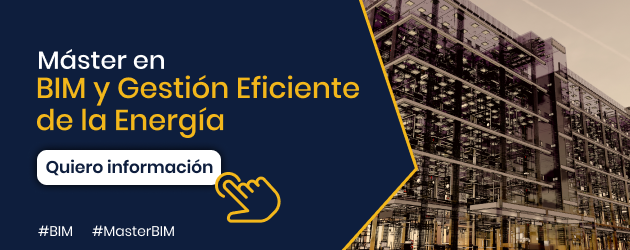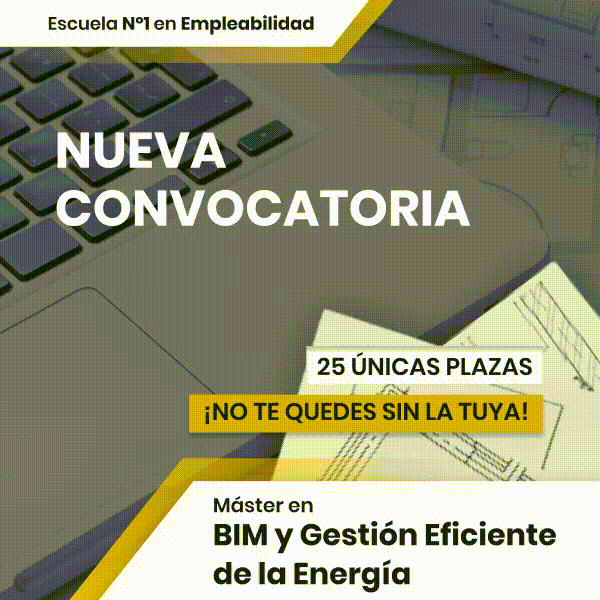BIM automation
There is no doubt that the BIM methodology has managed to enhance and improve the efficiency of processes in the construction industry. This is recognized by both various private institutions and public entities around the world that have decided to implement in a few years, this methodology for the design, management and construction of your projects, minimizing both execution times and economic costs.
The incorporation of construction processes into the digital and technological era has blurred the boundaries of the construction industry, originally based on traditional methods, to open the doors to countless possibilities through the application of the latest technologies.

One of the most positive advantages of the current technological revolution is the automation of various processes that are essential for the development of a project.
Some digital tools initially intended for the world of computing have been able to find new directions, expanding the possibility of being used in different disciplines and the construction sector is one of them.

The automation of processes in construction is not something new, starting with the commercialization of the first system of Computer Aided Design (CAD) in the 1960s and its subsequent global diffusion in the 80s with the creation of AutoCAD, which for the first time allowed architects, engineers and designers to create plans and digital representations of buildings and structures in a much more efficient way than traditional hand drawing methods, initially focusing on the semi-automated production of technical drawings, thus reducing human errors and streamlining the process of design, scaling and production of plans and details.
As the decades passed, these programs evolved until they gave rise to computer design systems. 3D models, giving rise to renowned specialized modeling software such as Revit, Archicad and Sketchup, to name a few, capable of creating a faithful volumetric representation of construction projects and incorporating a new concept called the parametric design.

Parametric Design with BIM
Parametric design is a system that uses predefined parameters and rules to control and automatically generate shapes and configurations. Those parameters can consider various variables such as dimensions, spatial relationships, structural restrictions, among other characteristics. When changes are applied to one or more parameters of a model, the design responds dynamically and automatically adjusts, allowing designers to explore a wide range of solutions in real time and in parallel.
Through the creation and use of algorithms associated with spatial parameters such as length, location and shape, patterns are created that ultimately form parametric structures with a diversity of geometric shapes, which can be used to create everything from sophisticated facades to large and complex projects.
Currently these algorithms and patterns can be created and modified through a design process called BIM programming. BIM programming allows us to work based on computer codes through which we can modify the geometry, graphic and non-graphic information of the project, minimizing the design and development time of a construction project as much as possible by standardizing and automating tedious or highly complex tasks. repetitive.
Visual programming with Dynamo:
Dynamo is a visual programming tool included within Revit Software, which allows users to create custom scripts to automate tasks in BIM models. This includes everything from automatic geometry generation to data management and interaction with other design applications.
The interface is made up of commands that present inputs and outputs interconnected by arrows, generating a kind of dynamic puzzle. in which each piece makes up a series of parameters that modify the characteristics of a project, its geometry or the series of patterns that make up the structure.
Textual programming with Python
Python is a versatile textual programming language that is widely used in BIM to develop custom scripts and plugins. Python allows deep integration with other applications and automation of complex tasks.
Due to its versatility, short learning curve and the wide community of users and resources available, Python has quickly become a powerful tool in the BIM context, standing out for its interoperability with other BIM applications, the existence of specific libraries for BIM and its ability to customize and automate tasks in the workflow. It is also a useful complement for the analysis and visualization of BIM data, as well as for the integration of custom algorithms.
The future of BIM automation
The automation of construction and design processes implemented with the BIM methodology continues to develop at accelerated pace. As technology continues to advance, we can already see how new opportunities and disciplines are opening up within this industry.
Text and image generative AI is powering large-scale project writing and creative processes, machine learning allows us today to obtain a large amount of specific data that will be the basis and foundation for the creation of new urban spaces capable of satisfying our needs and virtual and augmented reality currently allows us to experience the characteristics and atmosphere of these spaces before being built, transforming what were initially ideas and sketches drawn on paper, into constructions that exceed expectations and realities that surpass fiction.

If you want to learn more, don't hesitate to sign up for our Professional master in BIM and efficient Energy management.




































